I'm building a switching power supply taking 12V to 19V at 3A max out. I've already built one of these using a Schottky diode for the rectifier, but this time I'm thinking of trying a high-side-switched N-channel as the rectifier to reduce losses. The end result is to power a small computer based on a battery input (range 9.9V -> 16.8V, 3S or 4S LiPo.)
The battery circuit is separately fused/switched; this is the boost power supply part only.
My question is: The MOSFET driver IR2183 has a "typical circuit" that ties the VS signal for the bootstrap capacitor to the load in a different way than I'm doing here. Specifically, it shows the load as connected between the source and drain of the two MOSFETs, whereas I tie them together to provide a single output. Will the 2183 still properly bootstrap the gate drive of Q4? My guess is "yes" but I'd like a double-check by someone who's ideally done this before :-)
